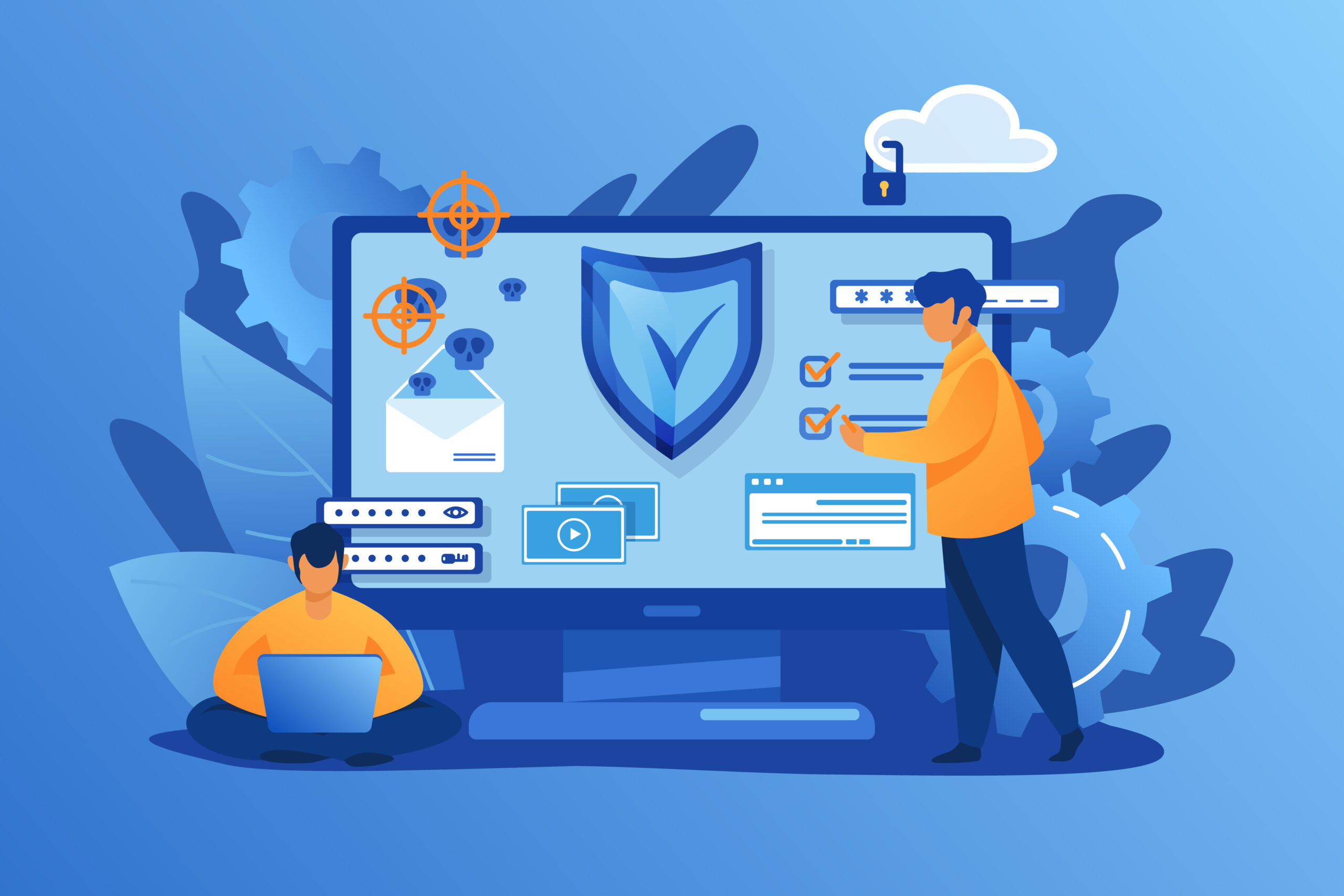
In today’s dynamic landscape of remote work and digital connectivity, the battle against cyber threats has never been more critical. While traditional security measures like patching, training, and multi-factor authentication are essential, the linchpin of robust cybersecurity lies in effective identity management. Amidst discussions at CIO roundtables and seminars, the significance of privileged access identity management (PAM) has emerged as a crucial solution.
Mismanaged access and identity processes essentially act as an open invitation for malicious actors, akin to hanging a “Come On In” sign outside the door. Once infiltrated, these actors exploit compromised identities to traverse networks, compromising sensitive data and vital business applications. This not only elevates the risk landscape but also tarnishes reputations and undermines operational efficiency.
Privileged Access Management (PAM) serves as a vital shield against cyber threats by meticulously defining and monitoring access privileges for vendors, partners, employees, and contractors. However, effective PAM implementation transcends mere ad-hoc application to encompass comprehensive solutions that enable granular control over user and device access based on roles, functions, personas, and even tempora

l or geographical parameters.
Identity management must extend beyond human authentication to encompass the complexities posed by IoT devices, which have witnessed a surge in cyberattacks. The holistic management of identities should include not just individuals and devices but also the intricate systems that constitute the Internet of Things, thereby fortifying the organizational perimeter against external threats.Furthermore, the convergence of operational technology (OT) with traditional IT systems necessitates a nuanced approach to identity management. Whether it’s ensuring dual identities for business and production in industries like mining or orchestrating seamless access control across disparate systems, identity management emerges as a linchpin in safeguarding critical assets.
Amidst these challenges, the role of artificial intelligence (AI) emerges as a potent ally in bolstering identity management. AI-driven adaptive authentication systems can analyze contextual cues such as device, location, and behavior to determine the requisite level of authentication. Additionally, biometric authentication mechanisms like fingerprints and facial recognition further fortify access controls, augmenting the efficacy of identity management strategies.
As organizations navigate the evolving threat landscape, privileged access management must be seamlessly integrated into broader cybersecurity frameworks such as Zero Trust architecture and Identity-as-a-Service (IaaS). While the specter of malicious actors persists, robust identity management empowers organizations to safeguard their digital assets and embrace the opportunities of the digital age with confidence.
In conclusion, effective identity management not only fortifies the defenses against cyber threats but also fosters a culture of accountability and trust within organizations. By implementing robust identity management practices, businesses can mitigate the risk of data breaches, bolster regulatory compliance, and enhance customer confidence in their security posture.
Moreover, identity management serves as the linchpin for seamless user experiences, enabling frictionless access to resources while safeguarding against unauthorized intrusion. As the digital landscape continues to evolve, investing in comprehensive identity management strategies remains imperative for organizations to stay ahead of emerging threats and thrive in an increasingly interconnected world. Embracing identity management as a strategic imperative ensures that organizations can navigate the complexities of cybersecurity with resilience and confidence, safeguarding their digital future.





